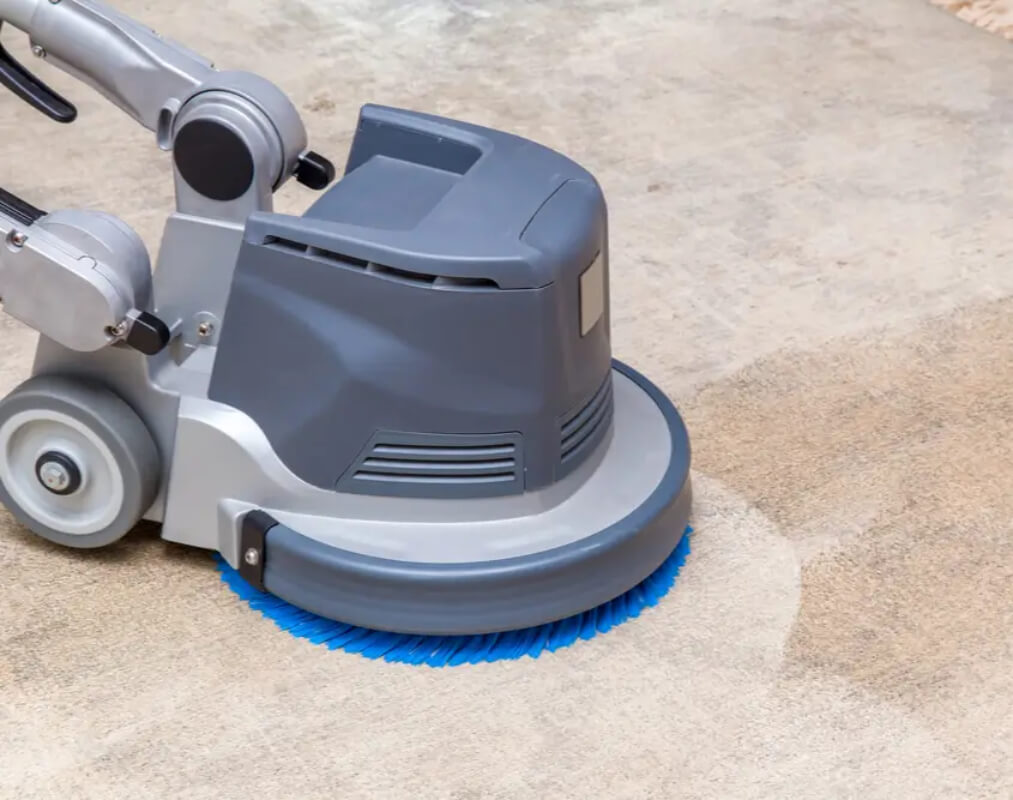In cases of water damage your rugs become wet and dirty, whether in your home or business, it is often a daunting task that may cause stress to homeowners. This occurrence is a common scenario that needs professional help so as not to lead to further damage to the carpet as well as having health effects such as mould and mildew. A detailed explanation of how professional wet carpet drying works will enable any layman to have adequate information in the event of such disasters. Here is a description of how the process is done in chronological order:
Assessment & Inspection
When it comes to the process of professional wet carpet drying, the initial stage involves evaluation. Technicians have to first trace where the water is getting into the home through a leakage of a pipe, a broken roof, or a flood. The initial survey is important because it enables one to establish the scale of the damage and the type of water that was involved (clear or black water). The severity of the water loss and the water source determine the other subsequent steps, which include drying.
During this phase, the technicians also evaluate the type of floor and subfloor since it determines the drying process. Knowledge of the facility structure and its building materials enables professionals to opt for the best approach towards the drying process.
Water Extraction
Extracting water is the final step before the carpets undergo washing, after which assessment is performed. As the first step that must be taken, professional restoration companies ensure that great efforts and huge equipment like water pumps and vacuums for the removal of water on carpets and floors are used. All these apparatuses are made in such a way that they are capable of addressing large quantities of water within a short period, hence reducing additional losses to the structure and interior of your property.
Water extraction is very important in ensuring that the water does not penetrate the subfloor and cause damage to buildings or even lead to the need to do some extensive repairs. This way, during the drying process, most of the water is removed, making the process more efficient than taking hours before drying.
Moisture Detection
Despite having extracted water from the carpets, pads, and floorings, it is still possible to have pockets of this water trapped in those materials. Regarding this, professionals use a moisture meter to locate places that are not wet but may be unseen by the naked eye. Such kinds of metres are very sensitive and can easily determine the percentage of moisture within the substance in the carpet materials.
This is because if the water remains concealed, it creates the perfect environment for mould growth and the compromise of structures. This creates complete coverage and detailed work because, with moisture detection technology, the technicians can identify which areas require further drying.
Drying Process
It is noteworthy that the drying process is one of the most important steps in wet carpet restoration. To hasten the drying process, the professionals use either air movers or fans and dehumidifiers for drying carpets, padding, and/or subfloors. Two of the accessories are air movers that circulate warm air around the affected area; the other is a dehumidifier to draw moisture from the air, thus promoting fast drying.
The location of air movers and dehumidifiers is laid down in such a manner that there should be proper circulation of room air and this ensures adequate drying. This procedure may take several hours to several days because of the severity of the damage and climatic factors. The conductivity of the drying equipment is constantly checked and regulated by technicians for efficiency.
Sanitisation & Cleaning
Water damage can contaminate and bring bacteria into one’s house, resulting in health hazards. To counter this, the professionals use anti-microbial products to disinfect the areas of the body affected by the virus. These operations clear bacteria, mould spores, and other microorganisms from forming, which are lethal to human beings.
Conclusion
Wet carpet repair is a technical process that has some tough stages that are mainly important and include inspection, water extraction, drying, sanitising, and assessment, among others. Every task at a particular stage is performed by professional service providers with great care, and equipment is used where necessary. This makes it easier for you to see that professionals and effort go into making sure that your home is restored to its pre-damage state and that your health is not put at risk in the future.







Follow us